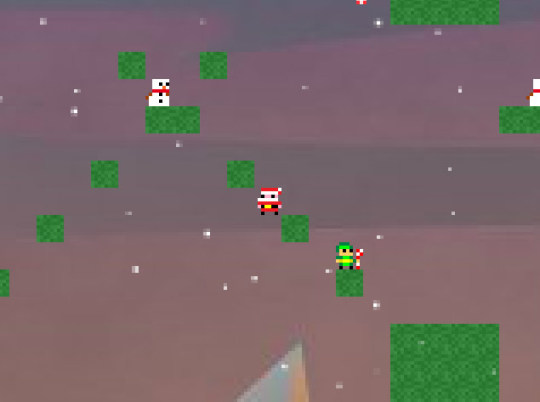
Games by Angelina
Of course, I’m not the first person to talk about procedurally generated gameplay. For example, Mike Cook’s ANGELINA project is an AI that designs games.
Here’s a video of one of ANGELINA’s newsgames, which shows off some of the early design efforts. And here’s one of a more recent games, made for the Ludum Dare jam. (You can play the game yourself on itch.io)
ANGELINA was, among other things, intended to explore higher-level creativity, looking at the problems that you have to deal with when combining systems. It designs a ruleset for the game and then builds levels based on that ruleset. The game-rule generation, inspired by earlier research by Julian Togelius and Jürgen Schmidhuber, evolves a rule grammar into new forms of gameplay.

It didn’t invent completely new genres: ANGELINA1 mostly did arcade games, while ANGELINA2 made metroidvanias. (You can read more details in this research paper on ANGELINA.) But it does demonstrate that the basic goal of generating new varieties of gameplay is possible.
And really, of all the kinds of procedural generation used in games, that’s what comes closest to extending the length. Infinite varieties of trees can keep things visually interesting, and indefinitely generated levels mean there’s more static content to consume, but the thing that keeps people playing is that there are new experiences.
Indeed, I suspect that one overlooked reason for the enduring popularity of roguelikes is that the most long-lasting ones have been under continuous development. Even roguelikes that go through long a hiatus between releases, such as NetHack, remained popular precisely because they had more depth than could be easily discovered–the Dev Team Thinks of Everything, after all.
